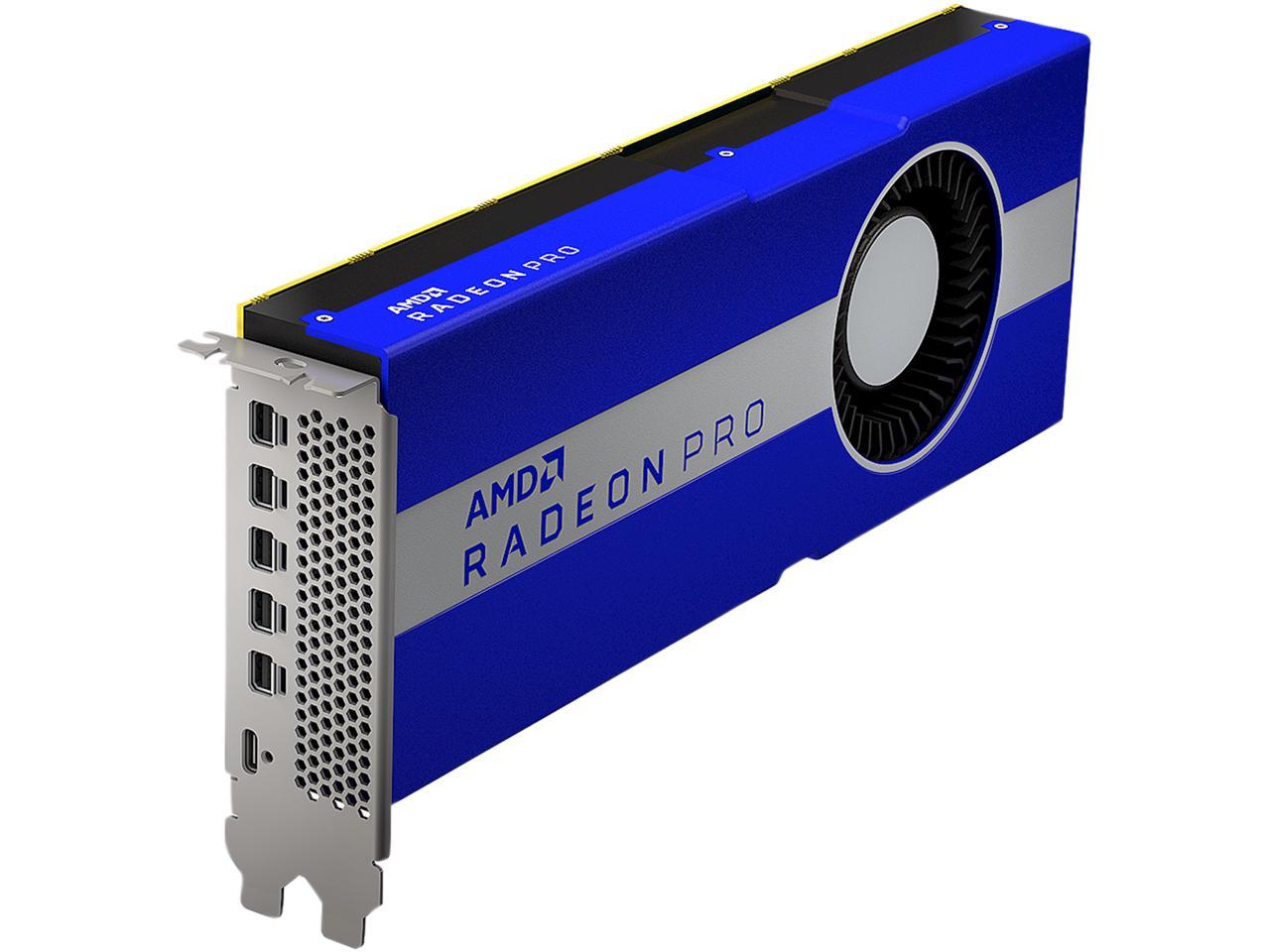

It’s this quagmire in the middle that many users will find themselves stuck in due to how HDMI is typically handled by PC graphics cards. Unfortunately things aren’t quite as clear-cut as that, and there is a murky middle ground. Further information on supporting our work. Where possible, you’ll be redirected to your nearest store.
AMD SYSTEM MONITOR GPU 0 FULL
A user just has to consider the bandwidth requirements of their monitor and choose a port on the GPU (Graphics Processing Unit) and monitor that will support the full resolution and refresh rate of their display.Īs an Amazon Associate I earn from qualifying purchases made using the below link. They’re digital signals that either ‘work’ so the monitor displays an image or ‘don’t work’ so that it doesn’t.

You may have heard people say that the image quality of HDMI (High-Definition Multimedia Interface), DP (Display Port) and the now outdated DVI (Digital Visual Interface) are equivalent.

Users with Intel graphics chipsets should alternatively look for an option called ‘ Quantization Range‘ in the Intel Graphics Control Panel and ensure it is set to ‘Full Range’. Refer to the Nvidia section on this, specifically the second half of “Second solution: setting a custom resolution” where the process of using CRU is mentioned. For mobile GPUs or other graphics solutions, including those from Intel, it is recommended that a custom resolution is set using CRU (Custom Resolution Utility). This article provides guidance for users with discrete desktop GPUs from Nvidia and AMD for correcting colour signal issues that can occur via both HDMI and DisplayPort.


 0 kommentar(er)
0 kommentar(er)
